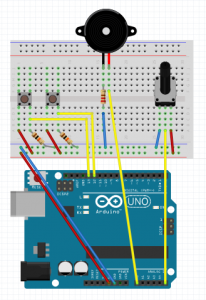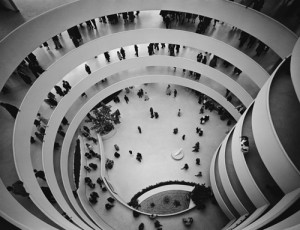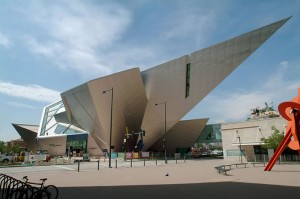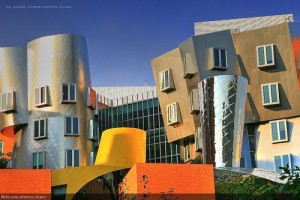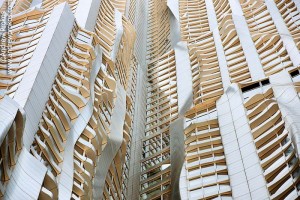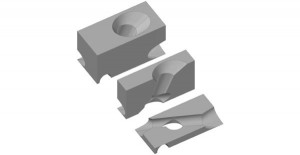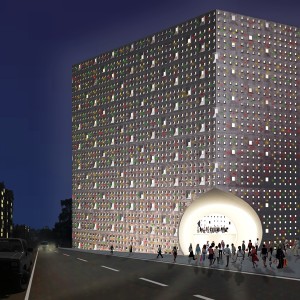Connecting to the internet with a raspberry pi required some trial and error. In order to connect to the network you need all the right configurations set for the specific network, otherwise it will always fail to connect.
Steps I took to connect:
- Hook up one of the compatible wifi usb sticks with your raspberry pi after you have booted up.
- go to the wifi configuration under preferences in the main menu inside of the Debian GUI.
- go to the manage networks tab and scan for available networks.
- once you have found a network, press add.
- The SSID is the name of the network
- To determine Authentication, Encryption, and EAP method, open up system preferences on your mac, go to network, and find the same network you are attempting to connect to with your raspberry pi, I was connected to “newschool”. It should describe the EAP authentication method next to “Authenticated via …” where it will show one of the many methods. On the raspberry pi, select that EAP method, mine was “PEAP”. For Authentication, you will need to go into advanced settings where it will list the name of the network along with its security. Mine was “WPA2 Enterprise”
- In raspbian network gui, go back to the current status tab and connect. It will take a moment. Once connected it will say complete
- open up a Midori window and type something in!


